Home>Articles>What Is The Correct Temperature For Refrigerator
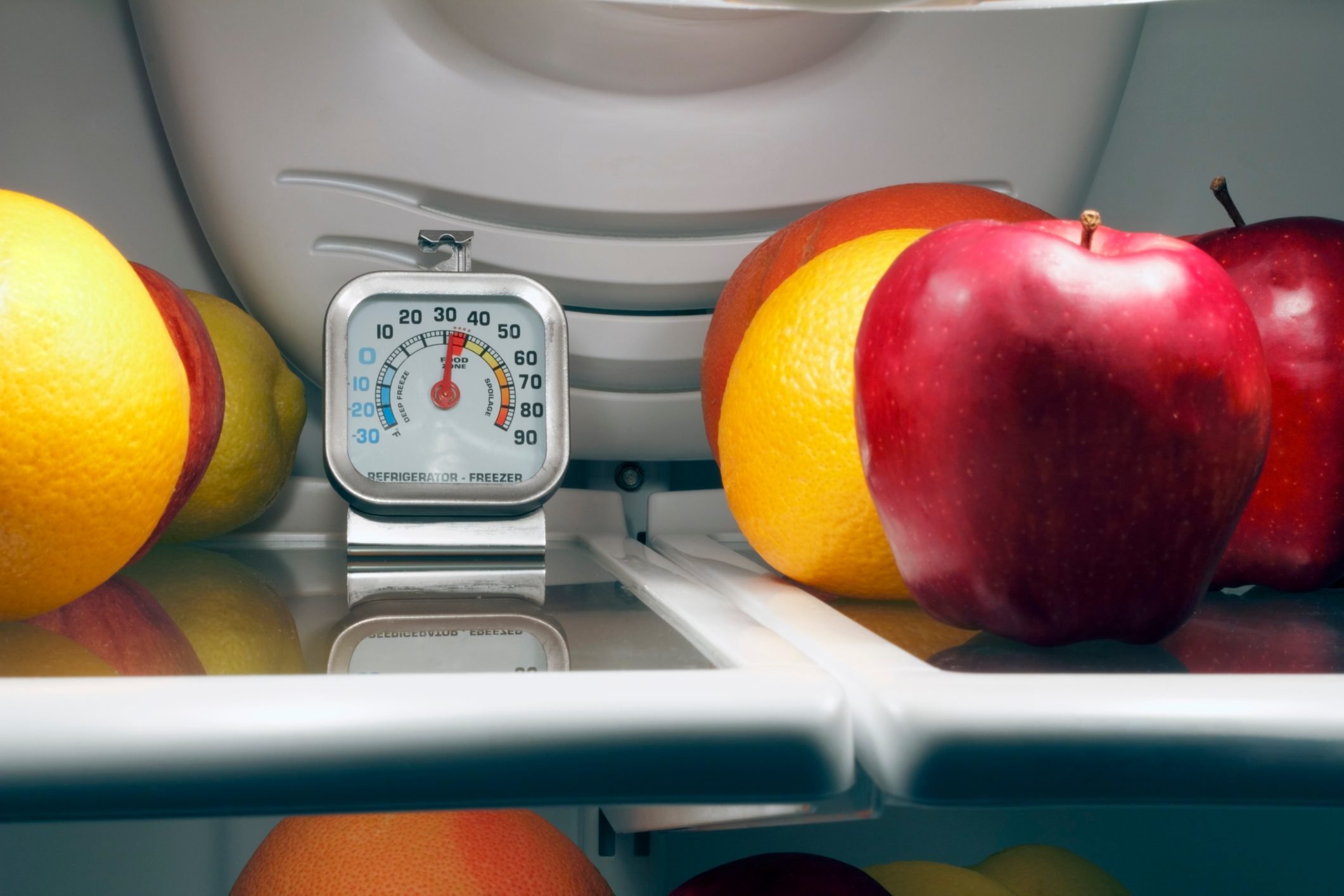

Articles
What Is The Correct Temperature For Refrigerator
Modified: October 20, 2024
Learn about the correct temperature for your refrigerator to keep your food fresh and safe. Read our informative articles for tips and guidelines.
(Many of the links in this article redirect to a specific reviewed product. Your purchase of these products through affiliate links helps to generate commission for Storables.com, at no extra cost. Learn more)
Refrigerator Temperature: Why It Matters
When it comes to food storage, maintaining the correct refrigerator temperature is of utmost importance. Many people often overlook or underestimate the significance of this seemingly simple task. However, the temperature at which your refrigerator operates can directly impact the freshness, quality, and safety of your food.
Proper refrigerator temperature is crucial for preventing the growth of bacteria and preserving the nutritional value of perishable items. It helps to slow down the natural spoilage process, keeping your food safe to consume for longer periods.
Additionally, a well-regulated fridge temperature can also save you money by optimizing energy efficiency. When the temperature is set too low, your refrigerator has to work harder to maintain that level, causing it to consume more energy than necessary.
So, let’s delve into the factors that can influence the temperature inside your refrigerator and the recommended temperature range for different types of food.
Key Takeaways:
- Maintaining the correct refrigerator temperature between 35°F (2°C) and 38°F (3°C) is crucial for inhibiting bacterial growth, extending food shelf life, and preventing foodborne illnesses. It also optimizes energy efficiency and preserves food quality and flavor.
- Factors like room temperature, door usage, overloading, refrigerator age, and thermostat calibration can impact fridge temperature. Regularly monitoring and adjusting the temperature, avoiding common myths, and following maintenance tips are essential for optimal food storage and safety.
Read more: What Is The Correct Temperature For Barbecue Chicken That Is Being Prepared At An Outdoor Event
Factors Affecting Refrigerator Temperature
Several factors can affect the temperature inside your refrigerator, ultimately impacting its ability to properly cool and preserve your food. Understanding these factors will help you maintain an optimal temperature and ensure the longevity of your perishable items.
1. Room Temperature: The ambient temperature of the room where your refrigerator is located can have a significant impact on its cooling efficiency. Ideally, your fridge should be situated in a cool area away from direct sunlight and other heat sources.
2. Door Usage: Opening the refrigerator door frequently can cause the temperature inside to rise. This is because warm air enters the fridge when the door is opened, making it work harder to cool it back down. Try to minimize the duration and frequency of door openings to maintain a stable temperature.
3. Overloading: Overloading your refrigerator with too much food can obstruct air circulation, preventing proper cooling. It’s important to organize your items in a way that allows for adequate airflow and ensures even cooling throughout the unit.
4. Refrigerator Age: As refrigerators age, their cooling capabilities may diminish. Regularly maintaining and servicing your fridge can help prolong its efficiency and ensure consistent temperature control.
5. Thermostat Calibration: Some refrigerators may have inaccurate or poorly calibrated thermostats. This can result in inconsistent temperature readings. Using a separate thermometer can help you accurately monitor and adjust the refrigerator’s temperature settings.
By considering and addressing these factors, you can optimize the functioning of your refrigerator and maintain a stable temperature to keep your food fresh and safe.
Recommended Temperature for Safe Food Storage
To ensure optimal food safety and preservation, it is crucial to set your refrigerator temperature within the recommended range. The ideal refrigerator temperature is between 35°F (2°C) and 38°F (3°C).
Keeping your fridge at this temperature range helps inhibit the growth of bacteria and prevents the spoilage of perishable food items. It also maintains the freshness, texture, and flavor of your food for a longer period.
Here are some temperature guidelines for specific types of food:
- Raw Meat and Poultry: Store raw meat and poultry on the lower shelves of your refrigerator to prevent cross-contamination. Keep these items at a temperature below 40°F (4°C) to slow down bacterial growth.
- Dairy Products: Milk, cheese, yogurt, and other dairy products have a recommended storage temperature of around 38°F (3°C). This helps to maintain their freshness and prevents the growth of harmful bacteria.
- Fruits and Vegetables: Most fruits and vegetables should be stored in the crisper drawer, which offers higher humidity levels. The recommended temperature for these items is around 35°F (2°C) to retain their nutrients and extend their shelf life.
- Leftovers: Leftovers should be promptly refrigerated and stored at a temperature below 40°F (4°C). Consume them within a few days to maintain their quality and prevent bacterial growth.
- Eggs: Eggs should be stored in their original carton on a refrigerator shelf, rather than in the fridge door where temperatures can be less consistent. The recommended temperature for eggs is around 38°F (3°C).
It’s important to note that freezing temperatures (below 32°F or 0°C) are not recommended for most types of food storage in the refrigerator. Freezing can alter the texture and quality of certain foods, so it’s best to use the freezer for items that require long-term storage.
By adhering to these recommended temperature guidelines, you can ensure the safety and longevity of your food, minimizing waste and the risk of foodborne illnesses.
Effects of Incorrect Refrigerator Temperature
When your refrigerator temperature is not set within the proper range, it can have various negative effects on the quality and safety of your food. Let’s explore the consequences of incorrect refrigerator temperature:
1. Bacterial Growth: If the temperature in your refrigerator is too high, it creates an ideal environment for bacteria to multiply rapidly. Bacteria can cause foodborne illnesses, such as Salmonella and E. coli, leading to gastrointestinal issues and other health complications.
2. Spoilage: When the refrigerator temperature is too warm, perishable food items like meats, dairy products, and fresh produce are more prone to spoilage. This can result in unpleasant odors, discoloration, slimy texture, and off-tasting flavors, making the food inedible.
3. Decreased Shelf Life: Incorrect refrigerator temperature can shorten the shelf life of your food items. Certain products, such as milk, may spoil quickly when exposed to higher temperatures, resulting in wastage and increased food costs.
4. Nutrient Loss: Inadequate cooling can lead to nutrient degradation in fruits, vegetables, and other perishable goods. Vitamins and minerals can break down more quickly, reducing the nutritional value of the food you consume.
5. Freezer Inefficiency: If the refrigerator temperature is too low, your freezer may end up working harder than necessary. Not only does this waste energy, but it can also lead to freezer burn and the degradation of frozen food quality.
6. Food Safety Risks: Inconsistent or incorrect refrigerator temperature can jeopardize the safety of your food. When the temperature fluctuates, it can cause food to thaw and refreeze, increasing the risk of bacterial growth and potential contamination.
Ensuring that your refrigerator maintains the correct temperature range is crucial to prevent these negative effects. Regularly monitor the temperature with a reliable thermometer and adjust the settings as needed to keep your food safe and fresh.
The correct temperature for a refrigerator is 35-38°F (1.6-3.3°C) to keep food safe and fresh. Use a refrigerator thermometer to ensure it stays within this range.
Tips for Maintaining the Correct Refrigerator Temperature
Maintaining the correct refrigerator temperature is essential for ensuring food safety and extending the shelf life of your perishable items. Here are some tips to help you maintain the ideal temperature:
- Use a Refrigerator Thermometer: Invest in a refrigerator thermometer to accurately monitor the temperature inside your fridge. Place it in the warmest part of your refrigerator, which is typically the door or the top shelf, to ensure an accurate reading.
- Avoid Overcrowding: Do not overcrowd your refrigerator, as it can obstruct airflow and prevent proper cooling. Allow for sufficient space between items to ensure even distribution of cold air.
- Check the Door Seal: Inspect the refrigerator door seal regularly to ensure it is well-maintained and free from damage. A loose or faulty seal can allow warm air to enter, compromising the temperature inside.
- Keep the Fridge Door Closed: Minimize the frequency and duration of door openings to prevent warm air from entering the refrigerator. Plan ahead and grab everything you need in one go to maintain a stable temperature.
- Position Your Fridge Correctly: Place your refrigerator away from heat sources like direct sunlight, ovens, or appliances that generate heat. This will reduce the strain on the refrigerator’s cooling system and help maintain a consistent temperature.
- Regularly Clean and Defrost: Routinely clean your refrigerator and remove any expired or spoiled food. Regularly defrost your freezer to prevent ice buildup that can impact cooling efficiency.
- Avoid Extreme Temperatures: Avoid setting your refrigerator temperature too low or too high. Extremely low temperatures can negatively affect the texture and quality of certain foods, while high temperatures can promote bacterial growth.
- Adjust for Seasons: Keep in mind that ambient temperatures in different seasons can affect the performance of your refrigerator. During hotter months, you may need to slightly lower the temperature settings to compensate.
- Regular Maintenance: Schedule regular maintenance checks for your refrigerator, including cleaning the condenser coils and checking the performance of the cooling system. This will help ensure that your fridge is running efficiently and maintaining the proper temperature.
By following these tips, you can create an optimal environment for food storage, reduce waste, and maintain the freshness and safety of your perishable items within your refrigerator.
Read more: How To Set Ge Refrigerator Temperature
Common Myths About Refrigerator Temperature
There are several myths and misconceptions surrounding the optimal temperature for refrigerators. Let’s debunk a few of the most common ones:
1. “The colder, the better”: Many people believe that setting the refrigerator to the lowest possible temperature will help keep food fresher for longer. However, excessively cold temperatures can actually freeze certain items, negatively affecting their texture and quality. It is best to stick to the recommended temperature range of 35°F (2°C) to 38°F (3°C).
2. “You don’t need a thermometer”: Some believe that relying on the refrigerator’s built-in temperature display is sufficient, and a separate thermometer is unnecessary. However, the built-in displays may not always be accurate. Using a reliable refrigerator thermometer will help ensure that the temperature remains within the safe range.
3. “The door is the best place to store all food items”: The refrigerator door is the warmest area due to frequent door openings and exposure to ambient air. Items like eggs, milk, and other perishables should be stored on the inner shelves where the temperature is more stable to maintain their freshness and prevent spoilage.
4. “Leftovers can be stored indefinitely”: Some believe that once food is refrigerated, it can be safely consumed at any time in the future. In reality, leftovers should be consumed within a few days to ensure their safety and quality. Follow the recommended guidelines for proper food storage and use your senses to determine if leftovers are still safe to eat.
5. “Freezing foods in the refrigerator is the same as using the freezer”: While it is possible to freeze certain items in the refrigerator, it is not as efficient as using the dedicated freezer compartment. Freezing in the refrigerator can lead to inconsistent temperatures and affect the overall performance of the appliance.
6. “All areas of the refrigerator have the same temperature”: The temperature inside your refrigerator can vary from one section to another. The top shelves tend to be slightly warmer, while the bottom shelves and the crisper drawer are cooler. Understanding these temperature differences can help you properly store and organize your perishable items.
7. “Refrigerating food immediately makes it safe to eat indefinitely”: Refrigeration slows down bacterial growth but does not eliminate it entirely. While refrigeration can extend the shelf life of food, it is still important to follow recommended storage times and guidelines to ensure food safety.
By debunking these common myths, you can better understand the importance of maintaining the correct refrigerator temperature and make informed decisions when it comes to food storage and safety.
Conclusion
Maintaining the correct temperature in your refrigerator is vital for keeping your food fresh, safe, and nutritious. The temperature range of 35°F (2°C) to 38°F (3°C) is recommended to inhibit bacterial growth and extend the shelf life of perishable items. By following this guideline, you can help prevent foodborne illnesses, minimize waste, and save money.
Factors such as room temperature, door usage, overloading, refrigerator age, and thermostat calibration can all impact the temperature inside your fridge. Being aware of these factors and taking steps to address them will ensure that your refrigerator functions optimally and maintains a steady temperature.
Keeping your food stored at the correct temperature offers several benefits. It helps to slow down the spoilage process, preserve the nutritional value of your food, and maintain its quality and flavor. Furthermore, maintaining the proper temperature can also optimize energy efficiency and reduce your environmental footprint.
Remember, it’s important to regularly monitor the temperature using a reliable thermometer and make adjustments as necessary. Avoid common myths about refrigerator temperature, such as setting it to the coldest possible level or assuming that all areas inside the fridge have the same temperature.
By implementing the tips for maintaining the correct refrigerator temperature, you can create an optimal environment for food storage. This will ensure that your perishable items stay fresh, safe, and delicious for as long as possible. With proper temperature control, you can enjoy peace of mind knowing that your food is stored appropriately and ready to be enjoyed whenever you’re ready to indulge.
Frequently Asked Questions about What Is The Correct Temperature For Refrigerator
Was this page helpful?
At Storables.com, we guarantee accurate and reliable information. Our content, validated by Expert Board Contributors, is crafted following stringent Editorial Policies. We're committed to providing you with well-researched, expert-backed insights for all your informational needs.
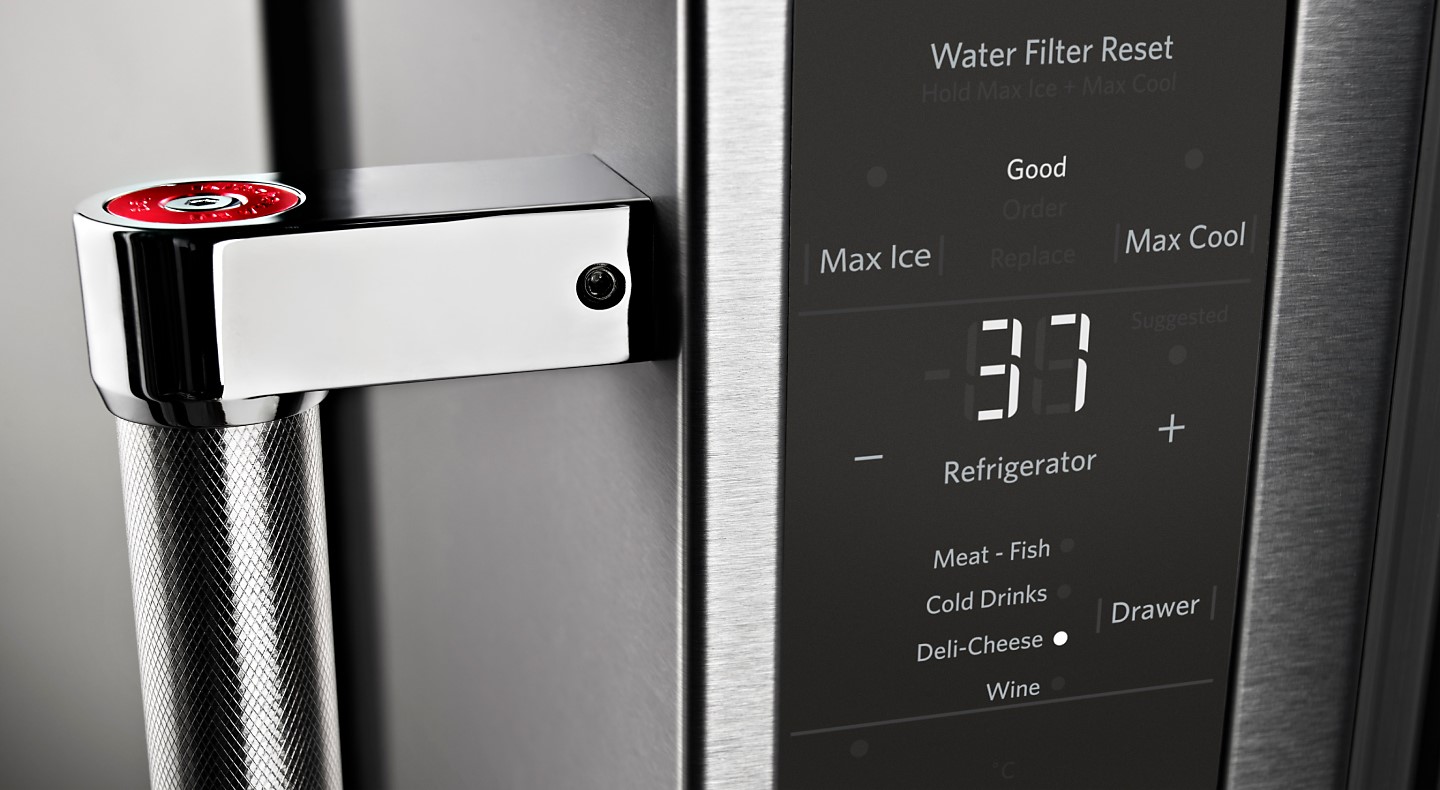

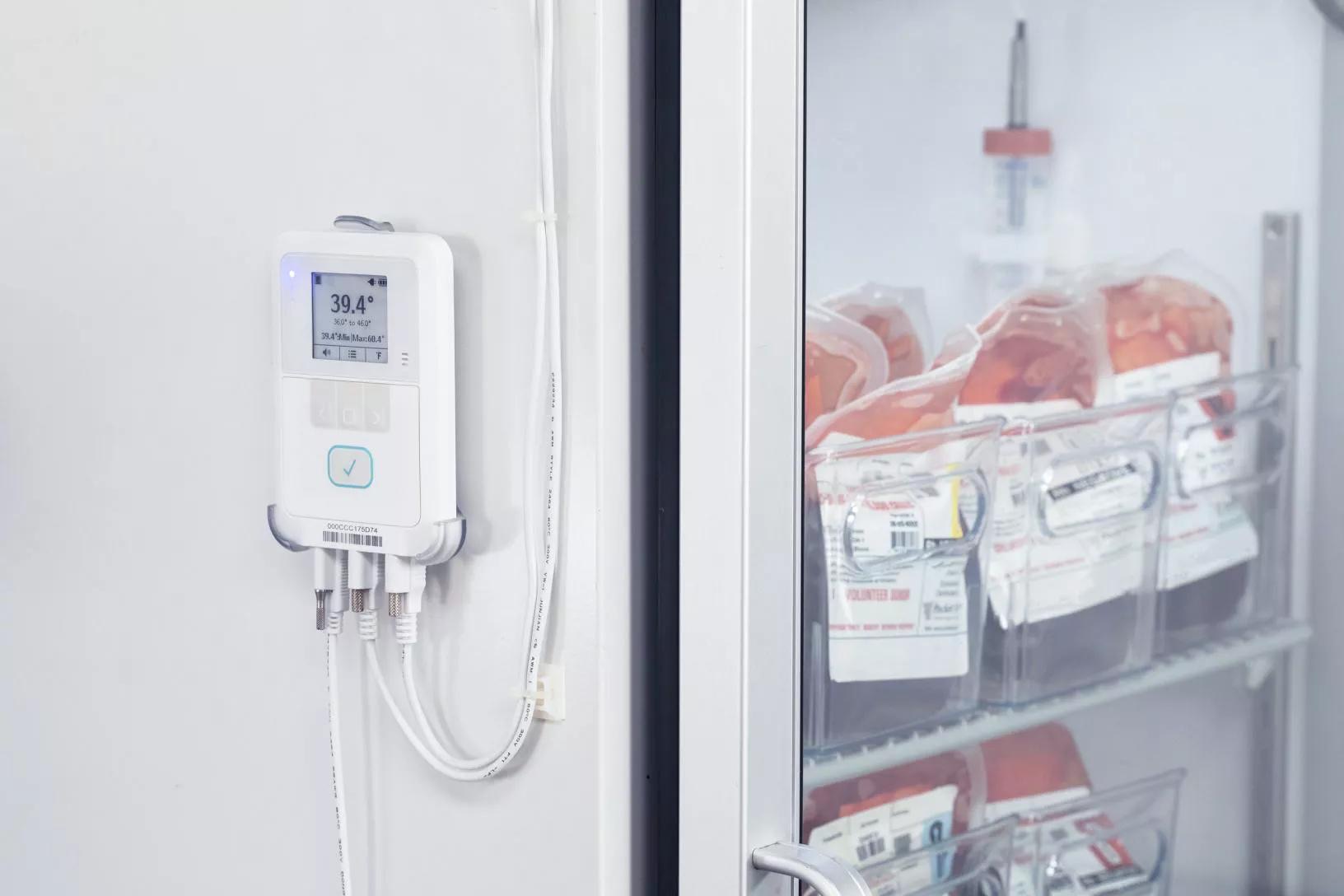




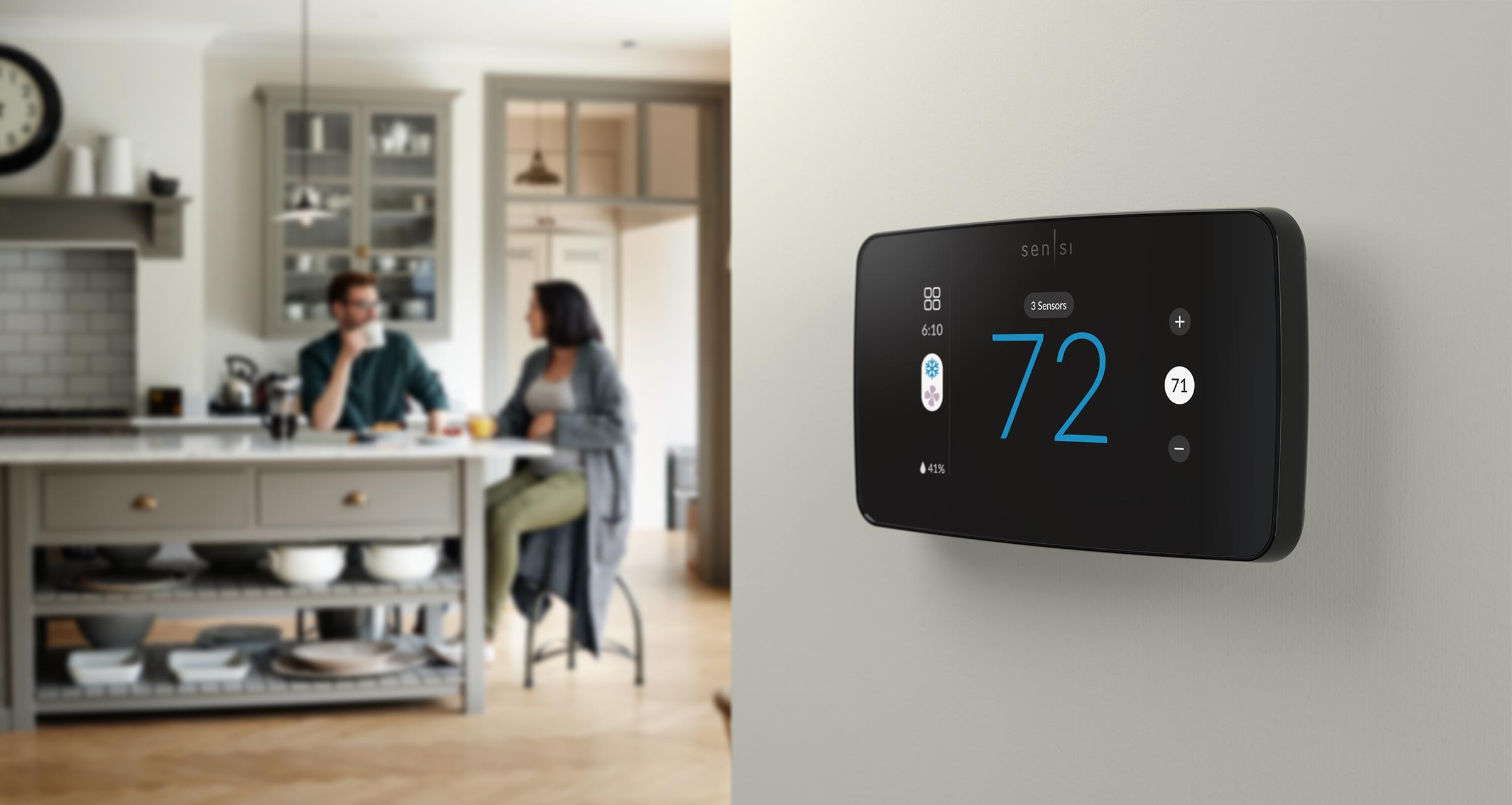
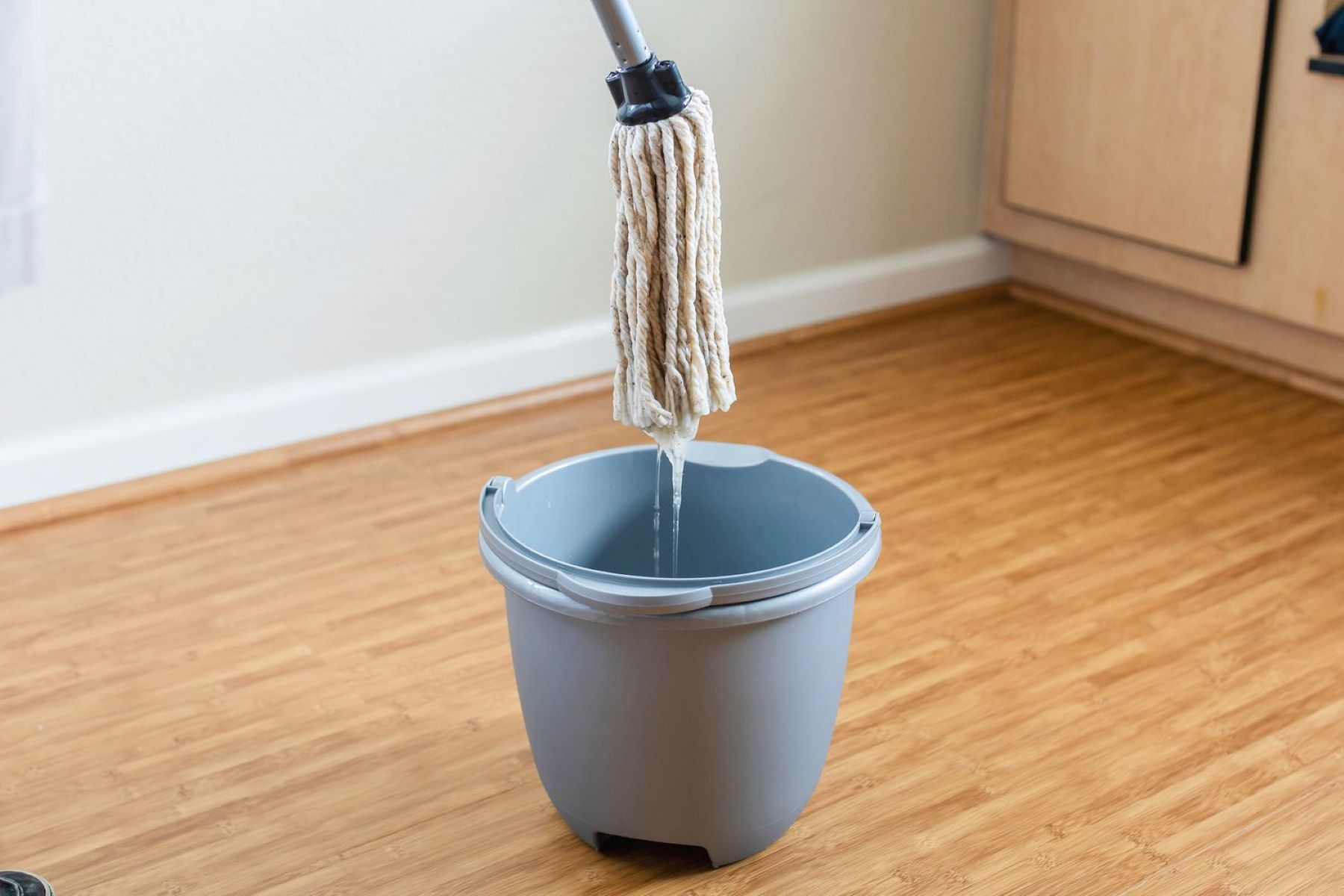
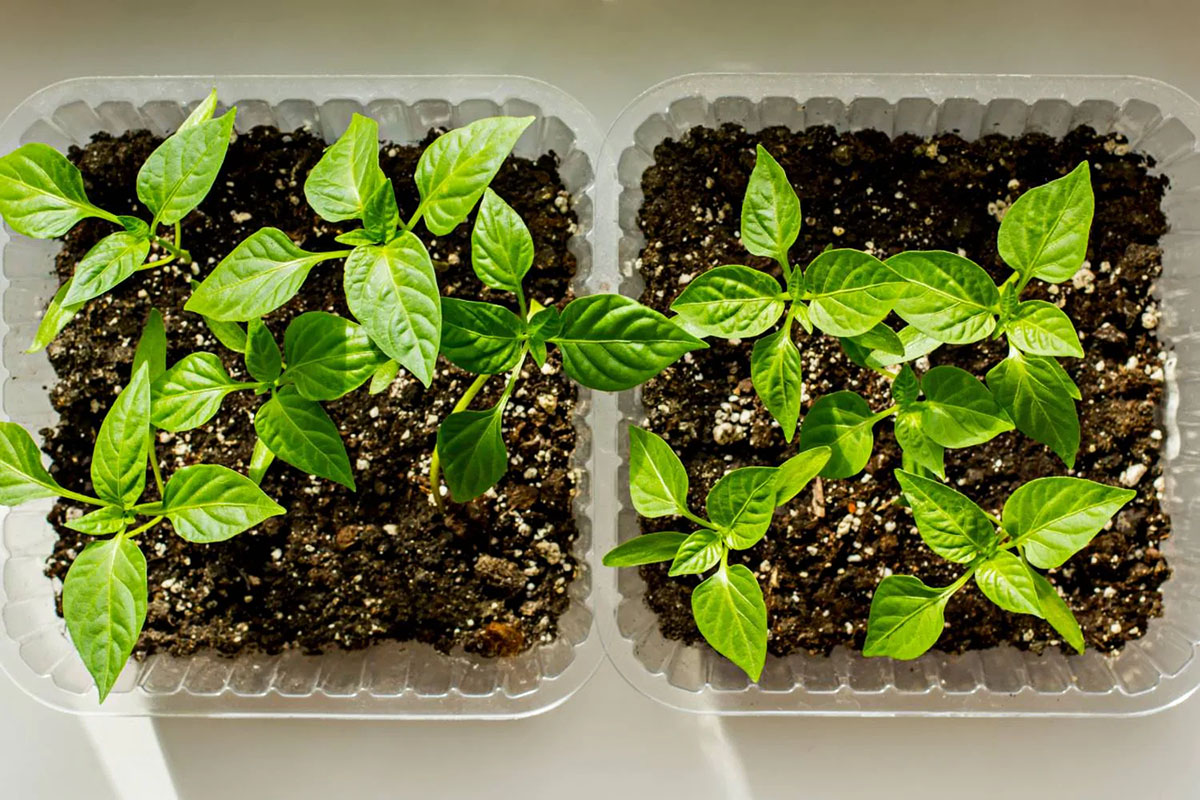

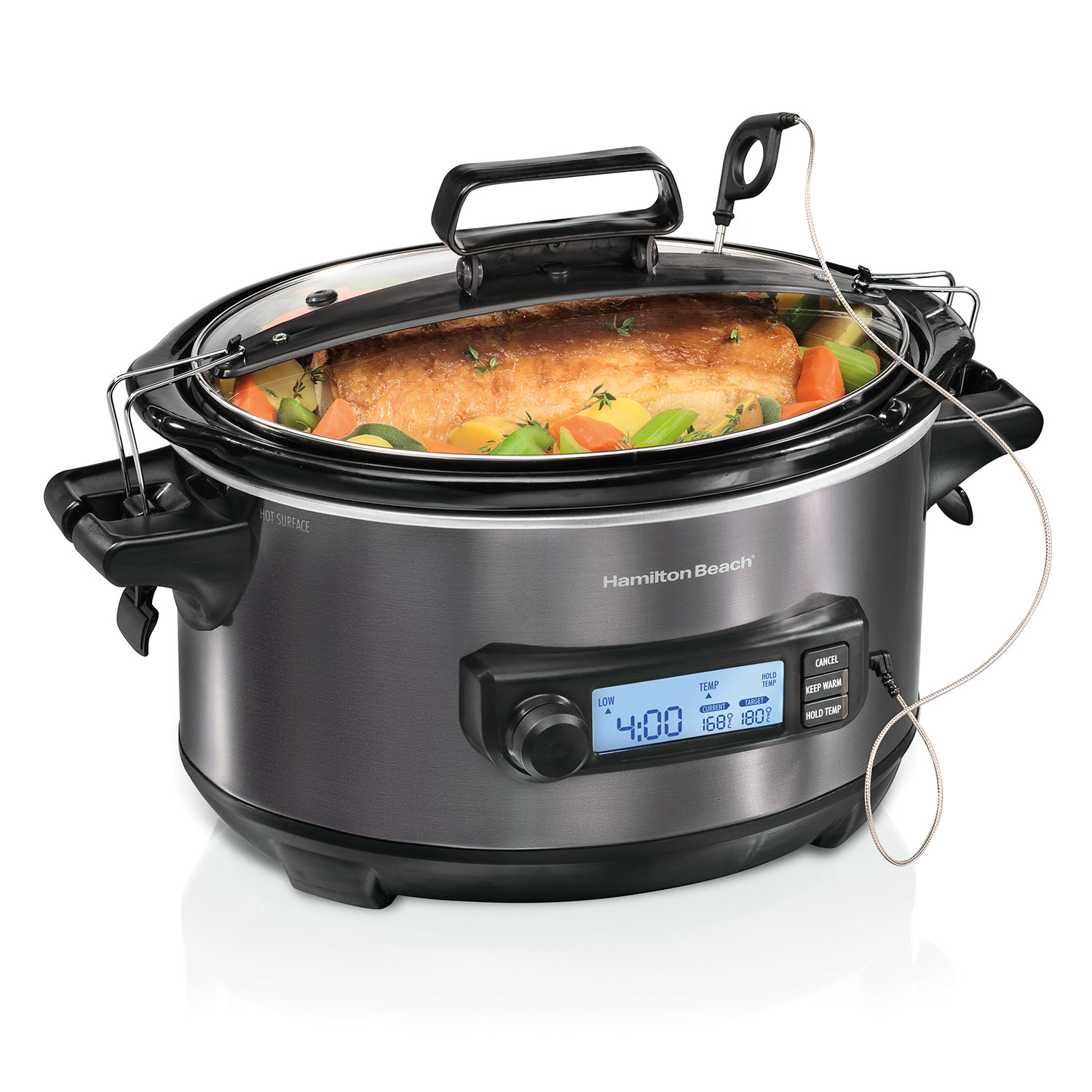
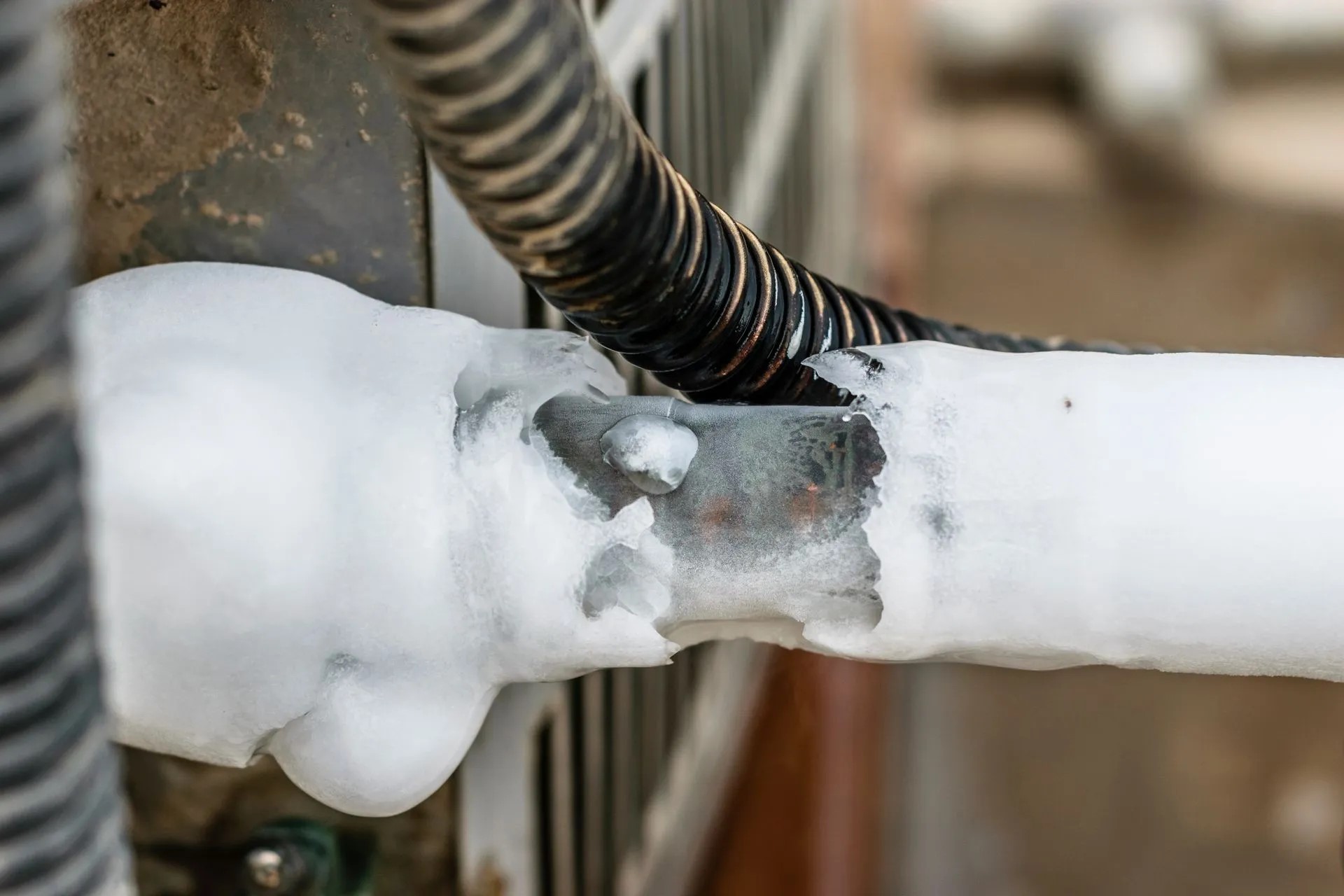


0 thoughts on “What Is The Correct Temperature For Refrigerator”